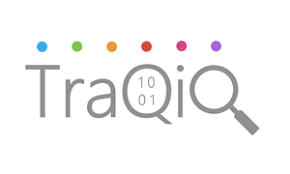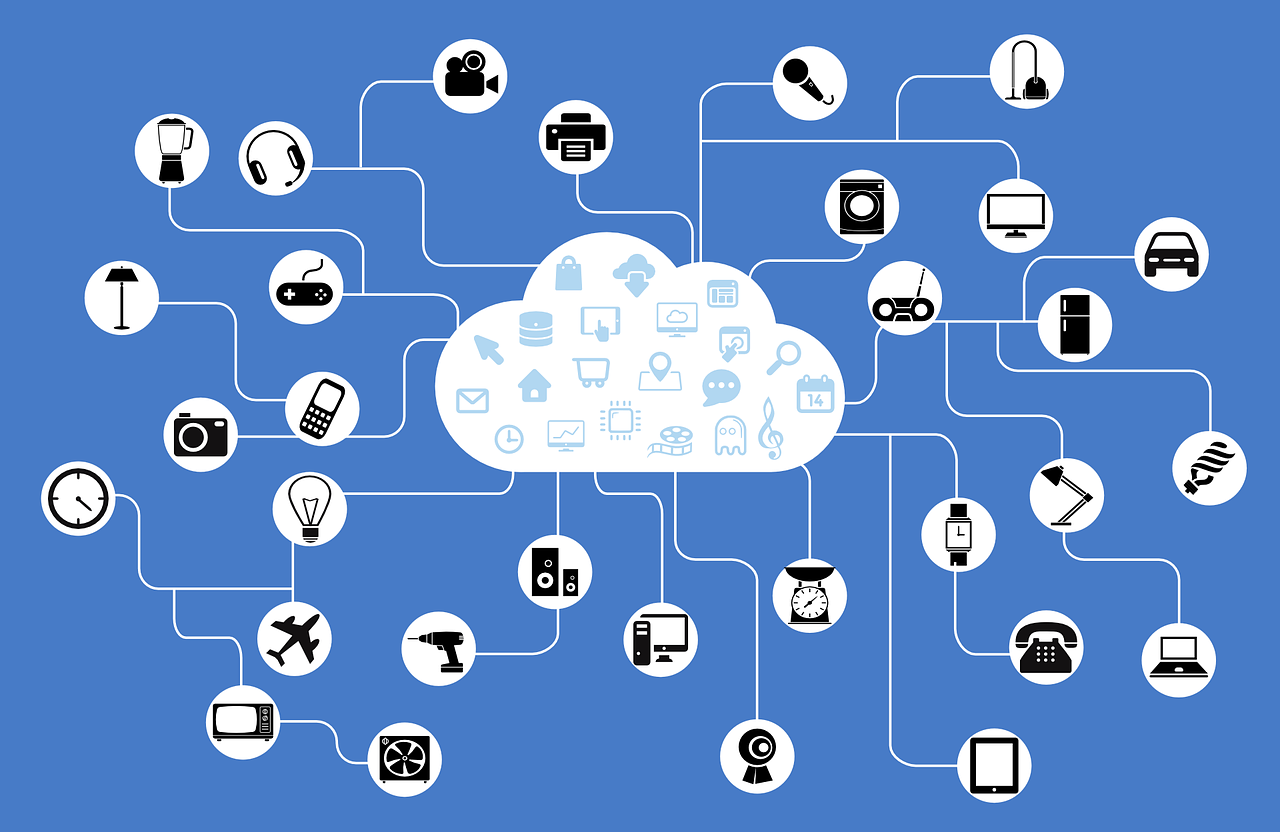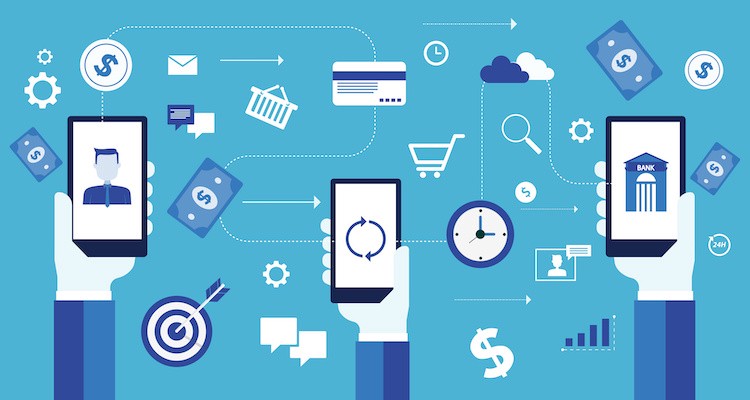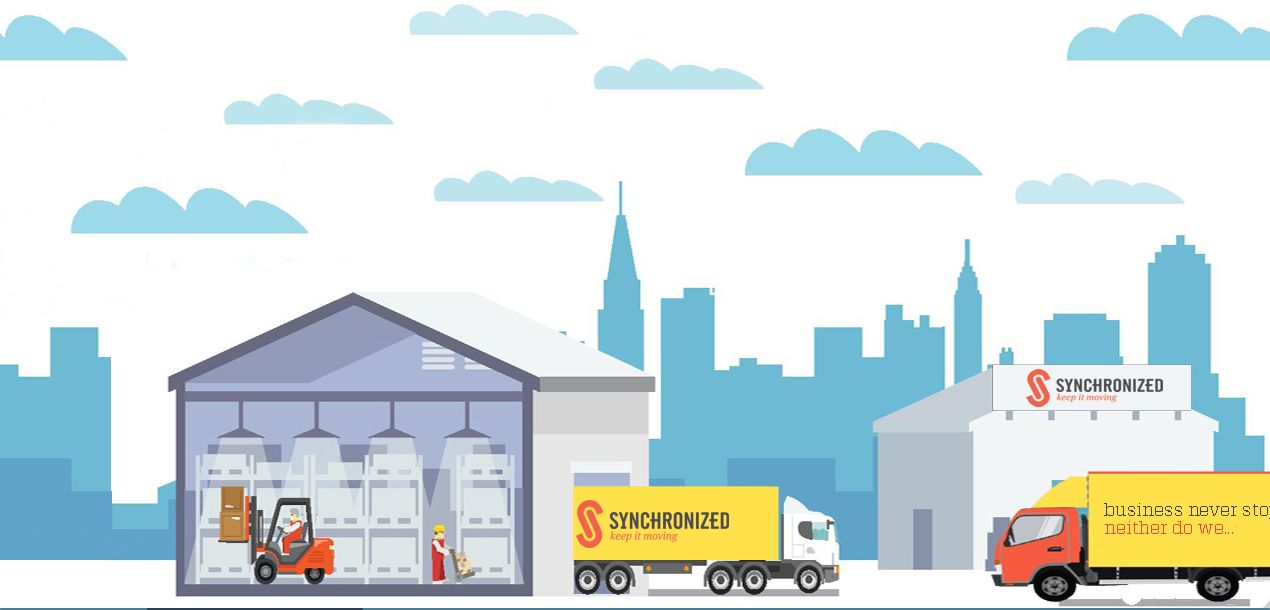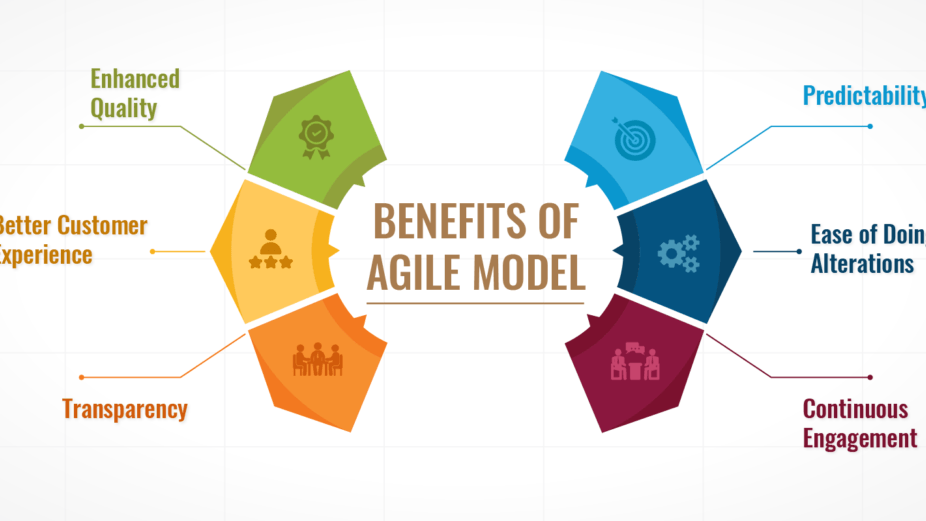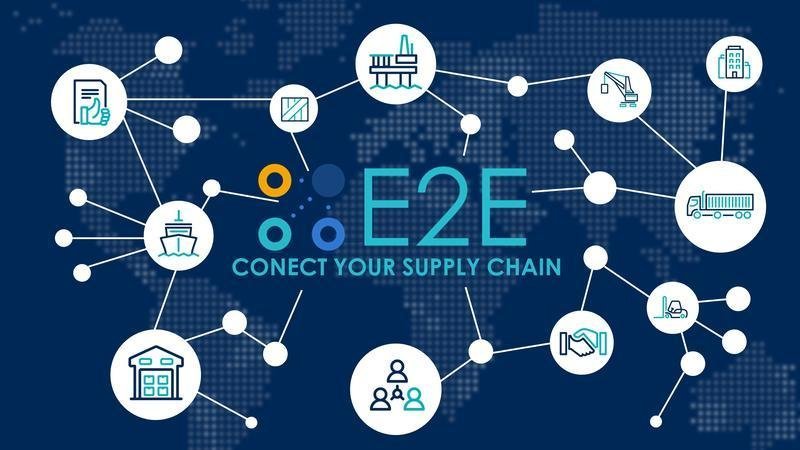Hiring the right candidate is crucial for any business. A bad hire can cost a company time, and money, and even damage its reputation. Background checks are a vital tool in the hiring process, helping to verify an applicant’s qualifications and identify any potential red flags.
But with so many background check software options available, how do you choose the right one for your needs?
This blog post will delve into the 6 essential elements you should consider when evaluating background check software. By understanding these features, you can ensure you select a solution that streamlines your hiring process, delivers accurate results, and complies with all relevant regulations.
6 Essential Elements of Background Verification Software
However, with numerous background check software options available, choosing the right one can be overwhelming. To ensure you’re getting the most out of this essential tool, consider these 7 critical elements:
1. Comprehensiveness of Checks Offered
The foundation of any good background check software lies in the types of checks it offers. Here are some key areas a comprehensive solution should cover:
- Identity Verification: Confirming a candidate’s Social Security number, address history, and aliases helps ensure they are who they claim to be.
- Criminal Record Searches: Accessing county, state, and national criminal databases can reveal convictions and pending cases. (Compliance with Fair Credit Reporting Act (FCRA) regulations is crucial here.)
- Employment Verification: I’d like to point out that you’ll need to contact previous employers to verify job titles, dates of employment, and reasons for leaving.
- Education Verification: Checking degrees and certifications listed on a resume with the issuing institutions adds credibility to a candidate’s qualifications.
- Professional License Verification: Verifying licenses with relevant authorities is vital for specific professions like healthcare or finance.
Motor Vehicle Records (MVRs): If the position requires driving, checking MVRs for driving violations and accidents can be crucial.
2. Integration with Applicant Tracking Systems (ATS):
A seamless integration with your existing Applicant Tracking System (ATS) saves time and reduces manual data entry. Look for software that allows you to initiate background checks directly from candidate profiles within your ATS, streamlining the workflow.
3. Ease of Use and User Interface
Background check software should be user-friendly, with a clear and intuitive interface. Look for features like customizable dashboards, clear reporting formats, and easy access to check statuses. A well-designed interface empowers HR personnel to navigate the platform efficiently.
4. Reporting and Analytics
Generating clear and concise reports is essential for informed hiring decisions. The software should offer customizable reports that summarize check results, highlight potential red flags, and allow for easy comparison between candidates.
5. Customizable Workflows
Hiring needs can vary depending on the position. Good background check software allows you to customize workflows, tailoring the type and depth of checks to specific roles. This ensures you get the necessary information while maintaining efficiency.
6. Data Security and Compliance:
Background checks involve sensitive personal information. The software you choose must prioritize data security with robust encryption protocols and adherence to data privacy regulations like the General Data Protection Regulation (GDPR) and the FCRA.
Conclusion
In today’s competitive job market, attracting top talent is crucial. Investing in the right background check software empowers you to make informed hiring decisions. But with a growing pool of applicants, verifying their qualifications and ensuring a safe work environment becomes equally important. By prioritizing the elements listed above, you can ensure a comprehensive and efficient pre-employment screening process, mitigating risks and building a strong, trustworthy workforce.
This is where background check software steps in, streamlining the pre-employment screening process and offering valuable insights into a candidate’s history.
Remember, background check software is a valuable tool, but it should never be the sole factor in a hiring decision. Always conduct thorough interviews and reference checks to get a complete picture of each candidate.






